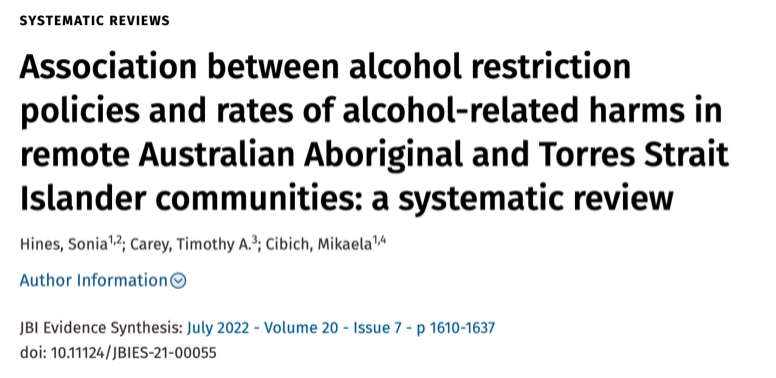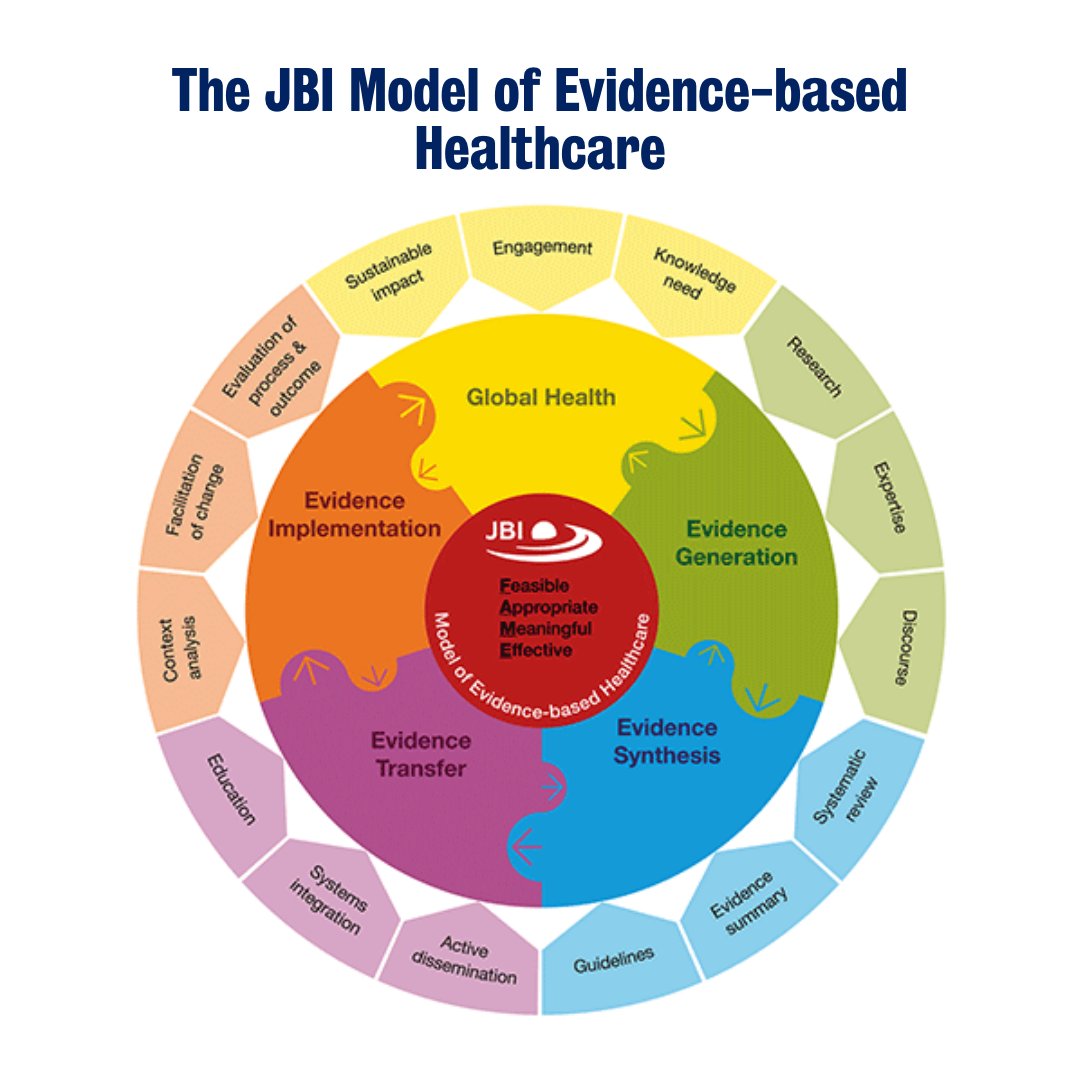
Methods in a Minute!
During #JBIMethodology Month we’ll be sharing a series of #MethodsInAMinute tweetorials. We’ll begin with key points on Umbrella Reviews by A/Prof Edoardo Aromataris 👇
During #JBIMethodology Month we’ll be sharing a series of #MethodsInAMinute tweetorials. We’ll begin with key points on Umbrella Reviews by A/Prof Edoardo Aromataris 👇

With the ever-increasing number of systematic reviews & research syntheses available to inform topics in healthcare, SRs of existing reviews, or umbrella reviews, are increasingly being conducted to summarise a broad scope of issues related to a given topic.
An umbrella review is also ideal in highlighting if the evidence base around a topic or question is consistent or if contradictory or discrepant findings exist, and in exploring and detailing the reasons why. 

Whether they are called umbrella reviews, overviews of reviews, reviews of reviews, a summary of systematic reviews or a synthesis of reviews, they all have the same defining feature: a systematic review is the main and often sole ‘study type’ that is considered for inclusion.
Umbrella reviews also make great ‘rapid reviews’ - go to the ‘best’ available evidence to summarise the topic quickly and efficiently!
An umbrella review may include almost any other type of systematic review – it just depends on the question that is being addressed. The umbrella review will emulate the same mnemonic, PICO or PEO or PICo, that is appropriate for the question of the review.
There are databases and repositories that index systematic reviews and are worth including in the sources to search – try @epistemonikos or @KSREvidence
Some manuscripts that identify as ‘systematic reviews’ don’t match the requirements for conduct of JBI and other synthesis organisations, nor the #PRISMA reporting requirements.
Preparing a tool with decision rules during your protocol preparation to aid study selection is worth the effort and will help maintain transparency.
There are many tools available to appraise your included reviews and can be applied to almost any type of review. AMSTAR, AMSTAR 2, ROBIS and the JBI tool are all frequently used by umbrella review authors. jbi.global/critical-appra…
When including multiple reviews addressing the same topic, they often include the same primary studies. This overlap needs to be tracked/accounted for.
The corrected coverage area is a useful way to quantify the extent of overlap in an umbrella review. More: doi.org/10.1016/j.jcli…
Umbrella reviews may use different methods to synthesise the results. The aim of the JBI Umbrella Review is to present a summary of existing research syntheses relevant to a particular topic or question and not any further ‘meta-analysis’ of the results of these publications.
Step-by-step guidance to conduct an umbrella review: Chapter 10 - Umbrella Reviews in the JBI Manual for Evidence Synthesis jbi-global-wiki.refined.site/space/MANUAL/4…
#JBIMethodology
#JBIMethodology

• • •
Missing some Tweet in this thread? You can try to
force a refresh

















